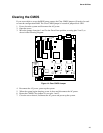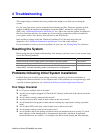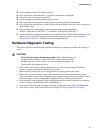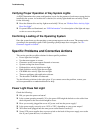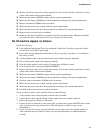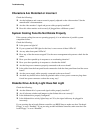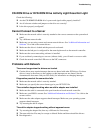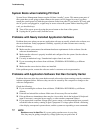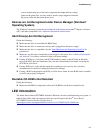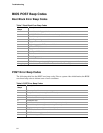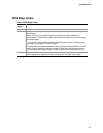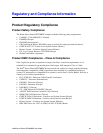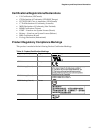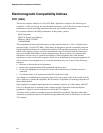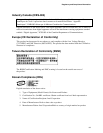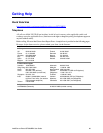
Troubleshooting
53
you are experiencing any of the above symptoms that might indicate voltage
spikes on the power line, you may want to install a surge suppressor between
the power outlet and the system power cord.
Devices are not Recognized under Device Manager (Windows*
Operating System)
The Windows* operating systems do not include all of the drivers for the Intel
®
chipsets, on-board
NICs, and other components. See “Additional Information and Software”.
Hard Drive(s) Are Not Recognized
Check the following:
Make sure the drive is not disabled in BIOS Setup.
Make sure the drive is connected correctly and is plugged into the power supply.
Make sure the drive is compatible. See the Tested Hardware and Operating System List
for
tested drives.
Make sure you have not exceeded the power budget for the server. See “Additional Information
and Software” for a link to software to check your power budget.
If using SCSI drives, verify that each SCSI ID number is uniqe on the SCSI bus & that both
ends of the SCSI chain are terminated. See your drive documentation for details on setting the
SCSI ID for your drives.
If using IDE drives, verify that the master/slave settings are set correctly. See your drive
documentation for details on setting the master/slave settings.
If using a RAID configuration with SCSI or SATA drives, make sure the RAID card is installed
correctly and properly configured.
Bootable CD-ROM Is Not Detected
Check the following:
Make sure the BIOS is configured to allow the CD-ROM to be the first bootable device.
LED Information
The Intel
®
Server Board SE7520BD2 includes LEDs that can aid in troubleshooting your system. A
table of these LEDs with a description of their use can be found in the Intel
®
Server Board
SE7520BD2 Technical Product Specification at:
http://support.intel.com/support/motherboards/server/se7520bd2/sb/CS-010682.htm



